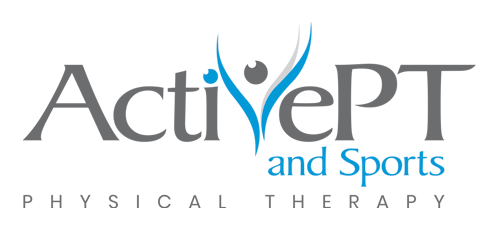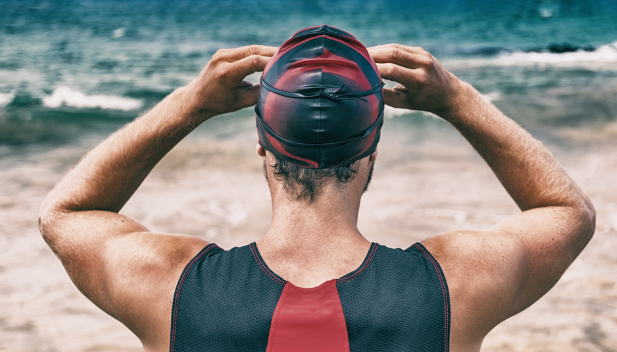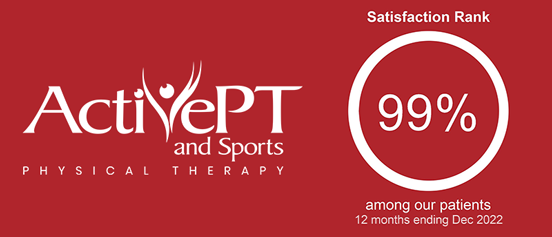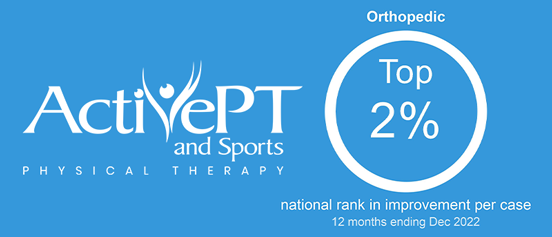From a distance, you can often spot a swimmer by looking at their posture. They often have broad, well-developed shoulders, and a strong physique. However, swimmers often struggle to balance out the overdevelopment of their pecs and lats as compared to the muscles of their middle back and rotator cuff, resulting in poor posture. This imbalance results in rounded shoulders and upper back posture. Adolescent swimmers face the unique challenge of quick growth. They often struggle with poor motor control of their newly developing structure. Working-age swimmers face a different challenge. In our working years, we are often restricted to the environment of our workstation much of the day. This can result in even more tendency toward forward-shoulder and rounded-back posture. Learning how to combat these challenges and correcting your posture through swimmer-specific stretching and strengthening can help reduce your risk of injuries and keep you swimming for years to come.
CORRECTING YOUR POOR POSTURE AS A SWIMMER
As a swimmer, the journey to better posture and muscular balance should start with simple stretches. Stretching is the first key to better posture as a swimmer. A great beginner stretch is to lie on your back with a foam roller perpendicular to your spine. Rest your hands on your stomach and squeeze your shoulder blades together and downward. Hold this “squeeze” while you roll your body up and down over the foam roller. They key areas to roll/stretch are from the top of your ribs to the bottom of your ribs. Repeat 10-20 times.
The next key to correcting your posture as a swimmer is to stretch what is already tight: your lats and pecs. These muscles tend to pull your shoulders forward and round your upper back if they become overdeveloped. To stretch your pecs, lay on your back with a foam roller running vertically along your spine, starting under your head. Begin by squeezing your shoulder blades together and slightly down, then begin with your arms in the lowest position of a “snow angel.” Slowly slide your hands along the floor, making a snow angel, until you feel a slight stretch in the front of your chest or shoulders. Hold this position for 30 seconds, then bring your arms back down to the start. Repeat three times in a row. Over time, you will find you can get your arms higher before you feel a stretch. Be wary of any shoulder pain during this stretch. Anterior (front) shoulder pain is a common occurrence in swimmers. Do not try to “stretch through” this pain. Check out this blog “Are Your Freestyle Stroke Mechanics Setting You Up For Shoulder Injury?” for proper mechanics on your freestyle stroke.
Consider the last key stretch extra credit. Trunk rotation stretches can make you more efficient as a swimmer. Start by kneeling on one knee. Place one hand on your knee while you rotate your spine and look over your shoulder for 30 seconds. Repeat three times on each side. Check out our swipe videos for a quick visual of this stretch. Remember, stretching for flexibility is most effective when your muscles are already warmed up. Take advantage of your cool-down time after a workout to get the most out of these stretches.
IMPROVE YOUR POOR POSTURE BY STRENGTHENING
The second key to correcting your posture as a swimmer is to strengthen key areas. Swimmers have the unique challenge of frequently and repetitively strengthening the same muscle groups. Whether swimming freestyle, breaststroke, or butterfly, you are emphasizing the pecs and lats over and over. This, of course, leads to the forward-shoulder and rounded-back posture commonly seen in swimmers. It makes sense then that the solution for this issue would lie in strengthening the opposing muscles.
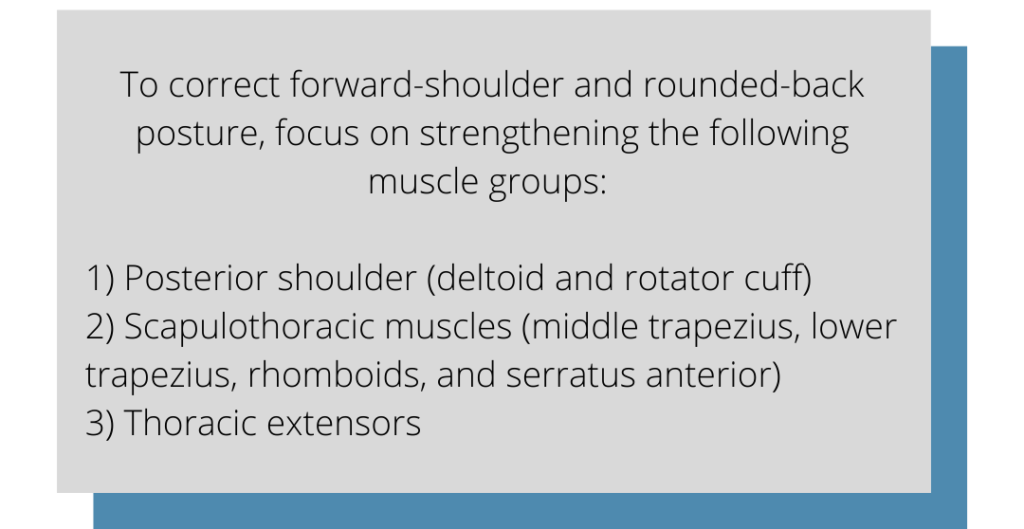
First, posterior shoulder muscles become important to help counteract all the strength developed in the front of the shoulder and rotator cuff. The posterior deltoid (rear deltoid) is easily strengthened with any backward movement of the shoulder. Think rows and reverse flies. The posterior, or back of the rotator cuff is made up of the supraspinatus, infraspinatus, and teres minor. These muscles have a few important functions. They help to externally rotate the shoulder, an important motion in most swimming strokes. These muscles also play the critical role of stabilizing the ball in the socket as your arm moves through the water. This important process helps to reduce your risk of many types of shoulder pain.
Next, build a strong base of support to help keep your posture upright by strengthening the scapulothoracic muscles. This big word essentially means the muscles that attach your shoulder blade to your trunk. When they are strong strong, your shoulder blades rest closer together and tight to your rib cage. The rhomboids, middle trapezius, and lower trapezius muscles are the keys to keeping your shoulder blades closer together which results in your upright posture. Exercises that finish with your shoulder blades squeezed together and downward can help build strength in this region. Finish these rows and flies like a soldier “standing at attention” for the best benefit.
An ideal rowing exercise would finish with your:
- Shoulder blades together and down (the opposite of a shrug)
- Chest puffed up
- Core tight
- Chin tucked in and looking straight ahead
The last key muscle group to strengthen when trying to improve your posture is your thoracic extensors. Extensors in the spine help you stand upright. There endless ways to strengthen these muscles. A very simple option would be a thoracic extension exercise using a large physio ball. Start with the ball under your abdomen and your feet apart. Interlock your fingers behind your neck. Lower your chest against the ball, then lift your chest up off the ball until your back and hips are completely straight. Repeat 10-20 times and perform three sets. For an added challenge, move your closer feet together or stack one foot on top of the other. This narrower base of support will challenge your core stabilizers. Check out our swipe videos for more ideas on postural strengthening exercises.
WORKSTATION ERGONOMICS FOR BETTER POSTURE
Swimmers who spend much of their day at a desk or screen face another challenge in correcting their poor posture: ergonomics. The ergonomic setup of your workstation can either help or hurt your efforts to correct your posture. For swimmers, the first key to a good workstation set-up is an upright posture. For those whose workstation requires you to sit, start by sitting all the way back in your chair. Then sit up tall with your feet comfortably on the floor. Now, adjust your chair height so that your forearms can rest comfortably on your armrests or workstation surface. Move your belly as close to your workstation as possible. If you have the option to stand at your desk, adjust your desk so that your forearms are supported while standing in your “perfect posture.” This should allow you to mouse and keyboard without slouching forward.
Last, check your monitor position. The center of your monitor should be at eye level. This will help avoid excessive looking up or down. If you require reading glasses to effectively see your computer monitor, we recommend investing in lenses that allow you to look straight ahead while reading your monitor. Tipping your head up and down frequently to look through bifocals can create a whole different set of issues. For more details on workstation set-up, check out our “Working From Home Causing Neck Or Back Pain?” blog for information on workstations and posture.
WHEN TO SEEK HELP
While many swimmers will be able to correct their poor posture on their own, sometimes swimmers need the assistance of an expert. If you have pain on the front of your shoulder or have sharp pain that has not improved after two weeks of trying the stretching, strengthening, or ergonomic changes mentioned above, it’s time to reach out to one of our experts. We make it easy to get your questions answered with a free 15-minute screening appointment. These appointments get you in front of one of our swimming experts to help assess your specific posture-related problem and get expert advice on the next steps for success.
ABOUT THE AUTHOR
Courtney Hilmanowski DPT, OCS is a swimming and shoulder specialist at ActivePT in Rochester, MN. She is an elite swimmer who understands chasing big goals in the clinic and the pool. Her years as a Division 1 swimmer for the University of Minnesota and Wisconsin HS State Record holder in the 500 free, give her an advantage in understanding your mindset, goals and training schedules. As a Doctor in Physical Therapy, her understanding of strengthening principles and biomechanics allow her to improve a swimmer’s stroke efficiencies and make you faster. She’ll design specific programs to increase strength, speed and reduce your risk of injuries.
